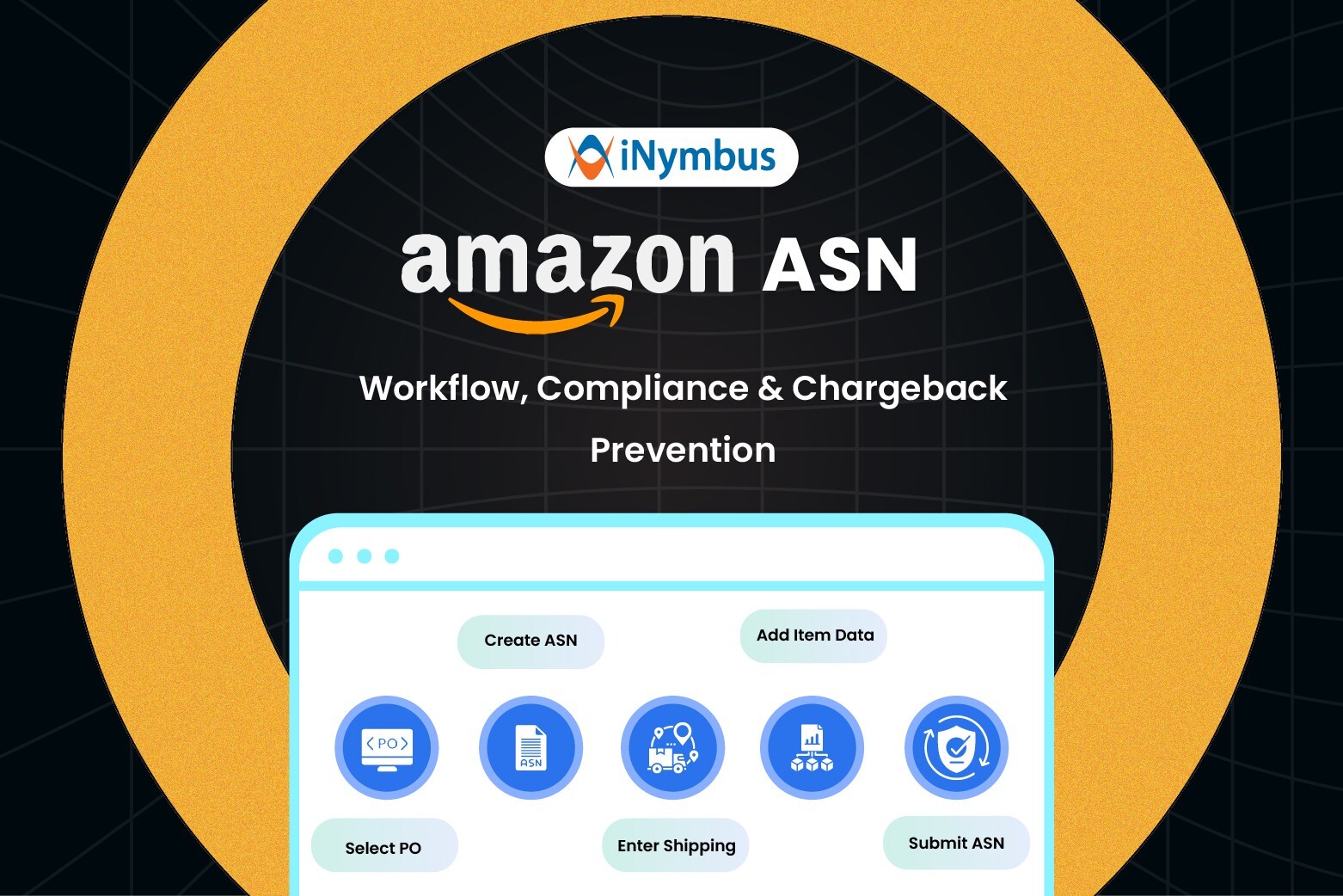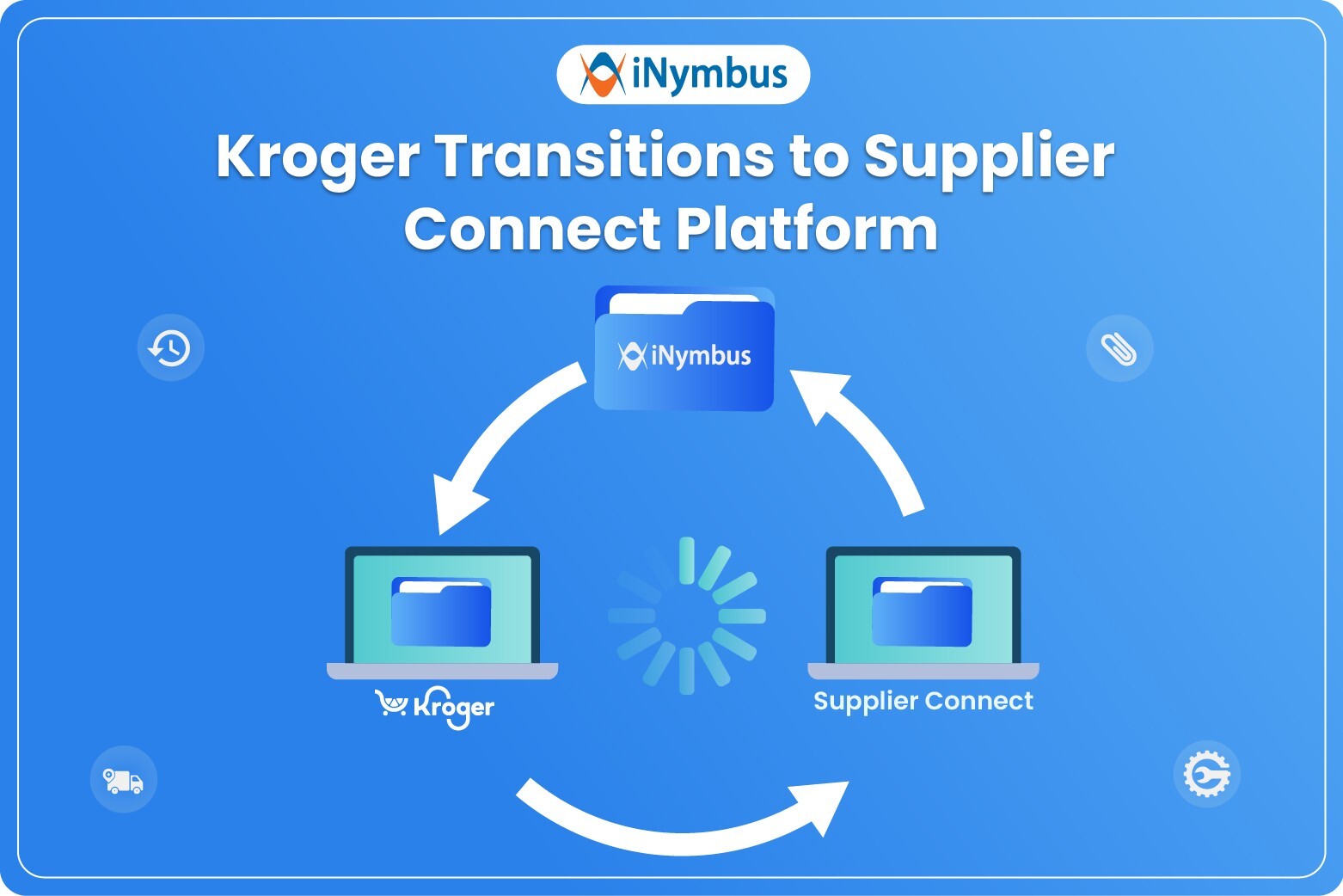Reconciliation Discrepancies: What to Know in 2025
 Financial reconciliation is the backbone of accurate accounting and transparent financial reporting. When discrepancies arise, they can lead to serious business risks, from reporting errors and missed revenue to potential fraud.
Financial reconciliation is the backbone of accurate accounting and transparent financial reporting. When discrepancies arise, they can lead to serious business risks, from reporting errors and missed revenue to potential fraud.
In this guide, we’ll break down what reconciliation discrepancies are, common causes, and the best ways to identify, resolve, and prevent them.
What Are Reconciliation Discrepancies?
Reconciliation discrepancies occur when two sets of financial records do not match. These mismatches could involve discrepancies between internal ledgers and bank statements or between customer orders and vendor invoices.
Why Reconciliation Discrepancies Matter
- Lead to reporting errors
- Undermine internal trust and audit readiness
- Causes delays in closing books
- Increase regulatory and financial risks
Timely detection and resolution of discrepancies during Financial Reconciliation are crucial for maintaining financial integrity and keeping your books accurate.
Common Causes of Reconciliation Discrepancies
1. Timing Differences
Timing differences happen when one system records a transaction, but another hasn’t updated it yet, often because of processing delays. For example, if the bank hasn’t processed a check or deposit yet, your internal records won’t match the bank statement. These issues usually clear up once the pending transactions go through.
2. Data Entry Errors
Manual data entry is prone to errors like incorrect dates or amounts, which can distort reconciliation efforts. Common problems include transposed numbers or duplicate transactions. You can typically fix these errors by manually correcting them after reviewing supporting documents.
3. Missing Transactions
Missing transactions, such as unaccounted-for bank fees, interest charges, or automatic payments, can throw off your Payment Reconciliation efforts. To address these discrepancies, identify the missing entries, add them to the system, and capture all relevant documentation.
4. Duplicate Entries
Duplicate entries often happen due to system glitches or manual mistakes. This might include recording the same invoice or payment multiple times, or issues arising from third-party integrations. Identifying and correcting these duplications is vital to ensure accurate financial representation.
5. Fraudulent or Unauthorized Transactions
Fraudulent transactions are a serious issue and can have significant consequences. Unauthorized charges or altered payment records can create severe discrepancies. Quickly identifying these discrepancies and launching investigations is crucial for mitigating potential financial loss and securing sensitive data.
How To Identify Reconciliation Discrepancies
1. Gather All Relevant Records
Start by collecting all necessary financial records, such as your general ledger, subledger entries, bank statements, vendor reports, invoices, receipts, and internal notes. Having a complete set of records ensures you can accurately compare and match transactions.
2. Match Transactions Across Sources
Compare transactions across your internal financial records and external documents. Look for matching amounts, dates, and reference numbers. Flag any mismatched or inconsistent entries for further investigation so you can prioritize which discrepancies to address first.
3. Investigate Any Discrepancies
Investigating discrepancies involves identifying the root causes, such as timing differences (e.g., outstanding checks or deposits) or data entry errors (incorrect amounts). Check supporting documents to ensure you are using the right information for resolving discrepancies.
4. Document and Report Findings
Once discrepancies are identified, document your findings thoroughly. Create a summary of the unmatched transactions, categorized by issue type (timing, data entry errors, etc.). Highlight any discrepancies requiring immediate attention to ensure timely resolution and continued business efficiency.
How to Resolve Reconciliation Discrepancies
1. Correct Errors
Data errors like incorrect amounts or missing transactions should be corrected by cross-checking original documents like invoices or receipts. You must document each correction to maintain audit clarity and ensure your financial records stay accurate.
2. Address Timing Delays
Timing delays, such as payments still in transit, should be noted as "in transit" in your ledger. Once you fully process these transactions, you can reconcile them during the next cycle to keep your financial records aligned.
3. Record Missing Items
Missing transactions, such as unlogged bank fees or interest charges, should be identified and entered into the system. Promptly adding these items ensures no discrepancies remain and your financials remain accurate.
4. Respond to Potential Fraud
Suspicious transactions should be flagged immediately, and your internal audit team should be alerted for investigation. Quick action, like blocking compromised accounts, will help prevent further fraudulent activities and maintain financial integrity.
Automation Use Cases in Reconciliation
1. Robotic Process Automation (RPA)
RPA uses bots to automate time-consuming tasks like extracting data from bank portals, matching transactions, and flagging anomalies. This reduces manual effort and speeds up reconciliation, performing in minutes what would take hours by hand.
2. Chargeback and Deduction Management
Chargebacks and vendor deductions are challenging for AR teams. Automation streamlines this process by connecting claims to transaction records, validating deductions, and automatically triggering dispute workflows. This ensures faster, more accurate claim resolution.
3. Return Variance Tracking
When return quantities differ from expected amounts, automation can compare actual returns to shipment data. This real-time tracking helps you quickly identify discrepancies and promptly update your financial and inventory records.
The Bottom Line
Efficiency and accuracy are essential to resolving reconciliation discrepancies. With automation, finance teams can streamline processes, minimize manual effort, and ensure timely, accurate financial reporting.
When it comes to deduction-related discrepancies, automation can be especially powerful. Manually managing chargebacks, retailer deductions, and return variances, along with preparing a detailed report, takes a lot of time and often leads to errors.
iNymbus Deduction Management Software is purpose-built to automate these high-volume, complex workflows. iNymbus supports AR teams through every step, from claim matching to dispute submission, helping them resolve deductions faster, clear backlogs, and avoid revenue loss on a larger scale.
Discover how iNymbus can modernize your deduction management and strengthen your financial operations.




